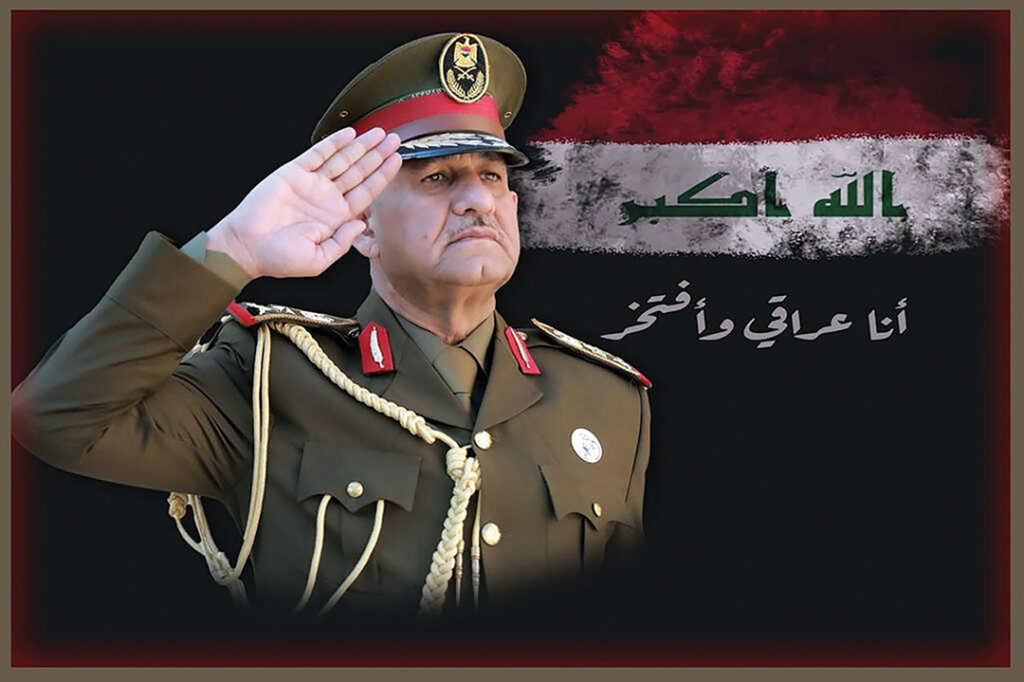UNIPATH STAFF | Photos by Iraqi Ministry of Defense
His complexion and distinctive features denote his Sumerian roots. Kindhearted, courageous and polite, he refines his words when he addresses his guest, embodying the spirit of Southern hospitality. His humility and courtesy do not stop him from providing insights on military science. The perception of him gained from the many battles he fought as a Soldier is that of a stubborn self-sacrificer with nothing on his mind other than victory.
He is Lt. Gen. Qais Khalaf Rahima, the Iraqi Armed Forces deputy chief of staff for operations and commander of Joint Operations Command-Iraq. It is a name and a history that mean a lot to political and security leaders. With professionalism and integrity, he has proved worthy of the daunting task of defending the nation.
Born in Maysan in 1962, he was raised to understand the manner of conversing among gentlemen from an early age. He graduated from the First Military College in 1984 and earned a master’s degree after the first Gulf War and a Ph.D. after the liberation of Mosul, reinforcing his studies with combat experience.
“When I entered Military College in 1984, the battles in the Iraq-Iran war were at their most intense,” the general said. “The college was a combat front, where students received the expertise of their professors who were returning from the front lines to share the experiences from the field and the lessons learned from battle. We learned a lot from field commanders who came to give lectures. When we graduated, we had field and academic experience as if we had actually taken part in the war.”
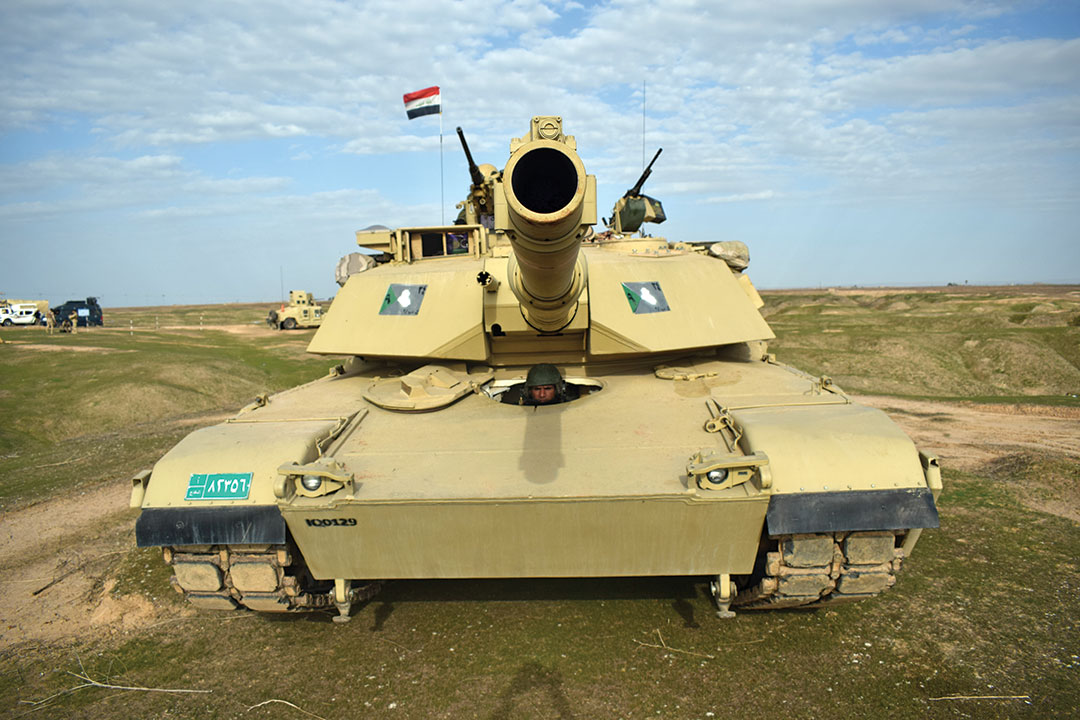
Despite working in operational sectors, Lt. Gen. Qais aspired to get into strategic studies and joined the National Defense College in 2010.
“I was very happy to be nominated by the Ministry of Defense to study [national security strategy] and obtain a master’s degree. The education was unique and taught by professors who were specialists in political and military sciences. It was a unique experience because of the expertise I had gained from the field in Tal Afar, and I began to analyze the plans I put in place to reestablish security in that city alongside the syllabus. This prompted me to study for the Ph.D. on the topic of “New Wars and Transformation in the Concepts of Power” in 2019. Despite my concerns working as the mid-Euphrates operations commander, the security conditions in the country and the postponement of my thesis several times, I was determined to finish my studies. Especially since the specialization is linked to all the challenges Iraq is going through, and fifth- and sixth-generation warfare in particular.”
Lt. Gen. Qais did not stop at traditional warfare. He has led the way by diving into the world of contemporary military science through strategic research, his awareness of the importance of cyberwarfare, and the danger of terrorist and extremist groups dominating social media channels.
“After the trauma of Daesh and their control over large swaths of land, they relied on psychological warfare by disseminating rumors on social media channels to further disrupt the security situation.
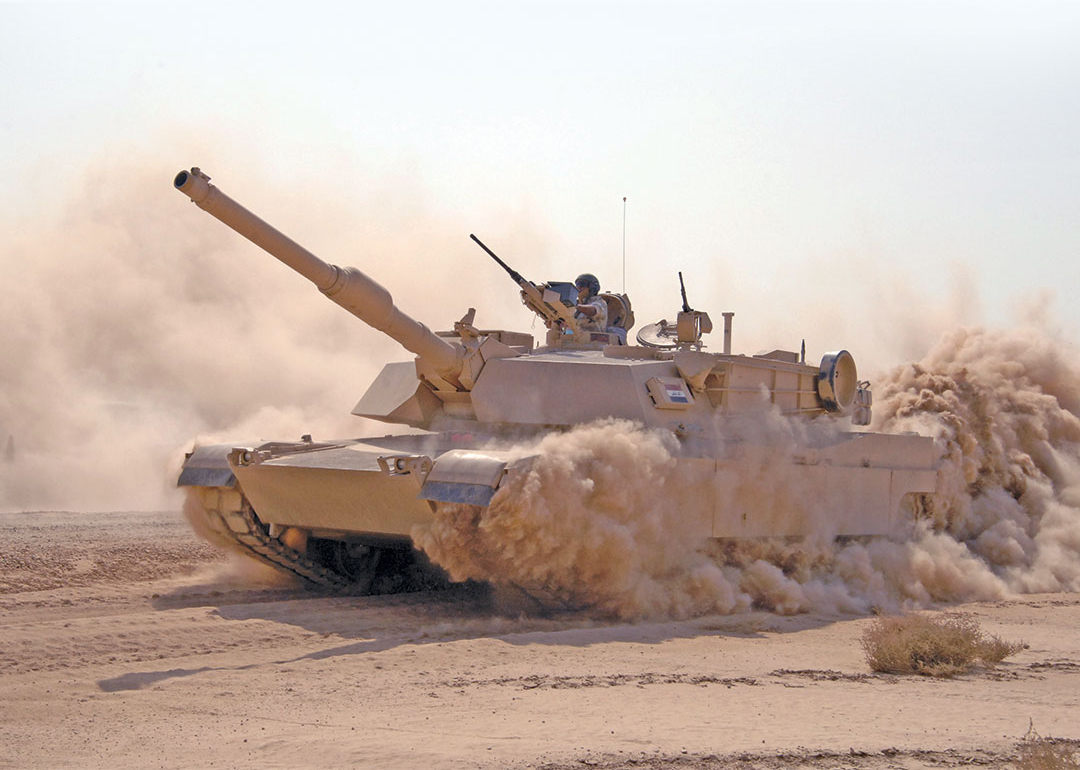
“At that point, the responses of the state’s, official and nonofficial media institutions were not up to the challenge. The terrorist groups were working in a vast theater of operations that relied on spreading terror in the hearts of the population by producing scenes of beheadings, blowing up markets, capturing women, and uploading them on social media pages to act as a message to others,” the general said.
“Their aim was to break the morale of their opponents and force citizens to compromise and submit, and for the security forces to surrender. We began by dismantling their cyber networks that were operating outside Iraq and from areas under their control.”
The general and his colleagues worked alongside international coalition forces to track and shut down Daesh’s cyberwarfare networks. Iraqi electronic warfare teams also cooperated with teams from the coalition to track people tweeting and blogging in support of Daesh and to close their accounts.
“We then focused on rebuilding the confidence of the forces and raising morale, and we succeeded in restoring the psychological combat readiness of personnel in our units,” the general said. “Subsequently, our heroes stood up on the battlefield, never withdrawing from their sectors of responsibility, even in the most fierce battles. It began to become clear to them that the false image created by Daesh propaganda online — that the terrorists were fighters from another planet who could not be defeated or killed by bullets — was a big lie.”
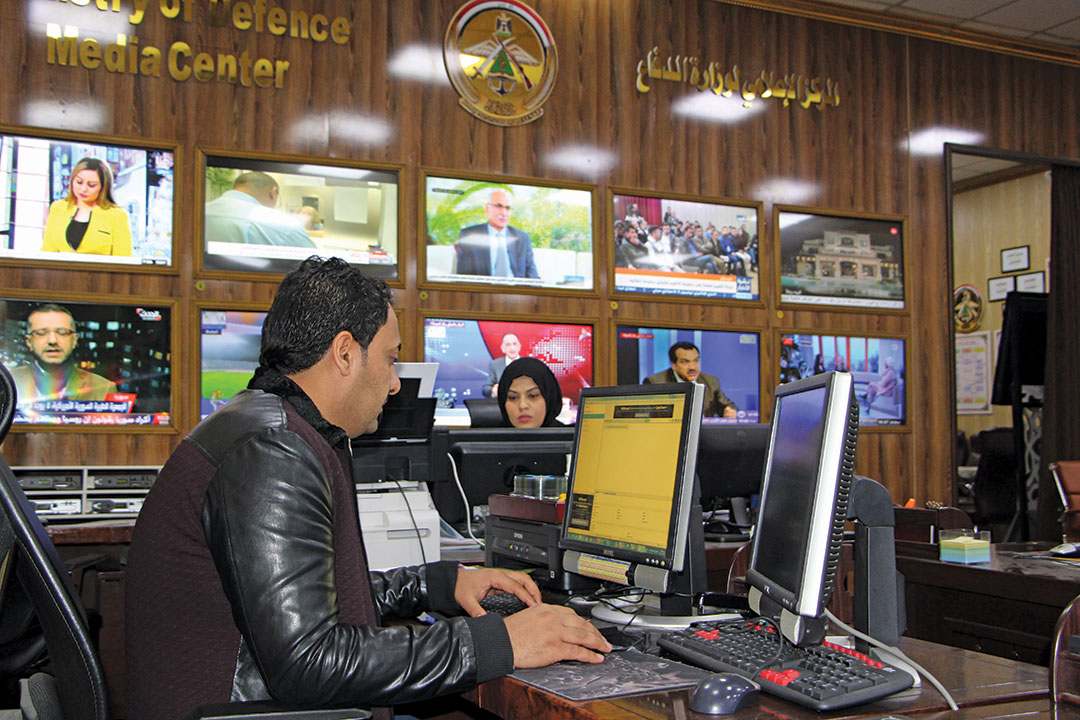
He credits social media channels and young people in the defeat of Daesh. They exposed the lies of Daesh, so it became difficult for Daesh to spread any mistruth. That is how the Daesh electronic army and media machine was defeated by civilian activists, intelligence agents and coalition forces, which paved the way for Daesh to be defeated on the ground.
Aware of the fact that fourth-, fifth- and sixth-generation warfare relies on modern technology, Lt. Gen. Qais advises armies to keep up with technological development so they can confront current and future threats that usually fall under the heading of asymmetric warfare.
Armies must strengthen their online defenses and build cyber intelligence agencies capable of monitoring adversary activity to prevent any national security breach and prohibit malicious groups from launching cyberattacks. Modern technology, the internet and drones make the security agencies’ work more complicated, he said.
Lt. Gen. Qais was commander of the 10th Brigade in Tal Afar district from 2004-2008, which was a hotbed for al-Qaida, taking Iraq down a dangerous path. Sectarian fighting and terrorist gangs dominated the cities.
“I was assigned complex missions and responsibilities for numerous reasons, the most significant of which was the control of al-Qaida over the city and surrounding areas, as well as the population demographics that consisted of multiple sects and creeds,” he said. “I assumed command of the 10th Brigade at a time when fear and despondency were written on the face of every Iraqi, and the threat of death loomed over their heads. The police service had not been formed yet, which added a greater burden on the Army to provide security. There was a very significant gap in trust between the population and the security forces that were unable to protect the city from acts of terrorism.”
“Working as a team with coalition forces, the situation slowly stabilized. They focused on security and intelligence, relying on civilian and national sources to stabilize the city. They also encouraged the Sunni people in Tal Afar to join the Army and police ranks, and this was one of the important goals we were able to achieve later on. They worked to reduce the gap between the ethnic and religious aspects of the judiciary, to instill confidence, reject sectarianism and communicate with the population.”
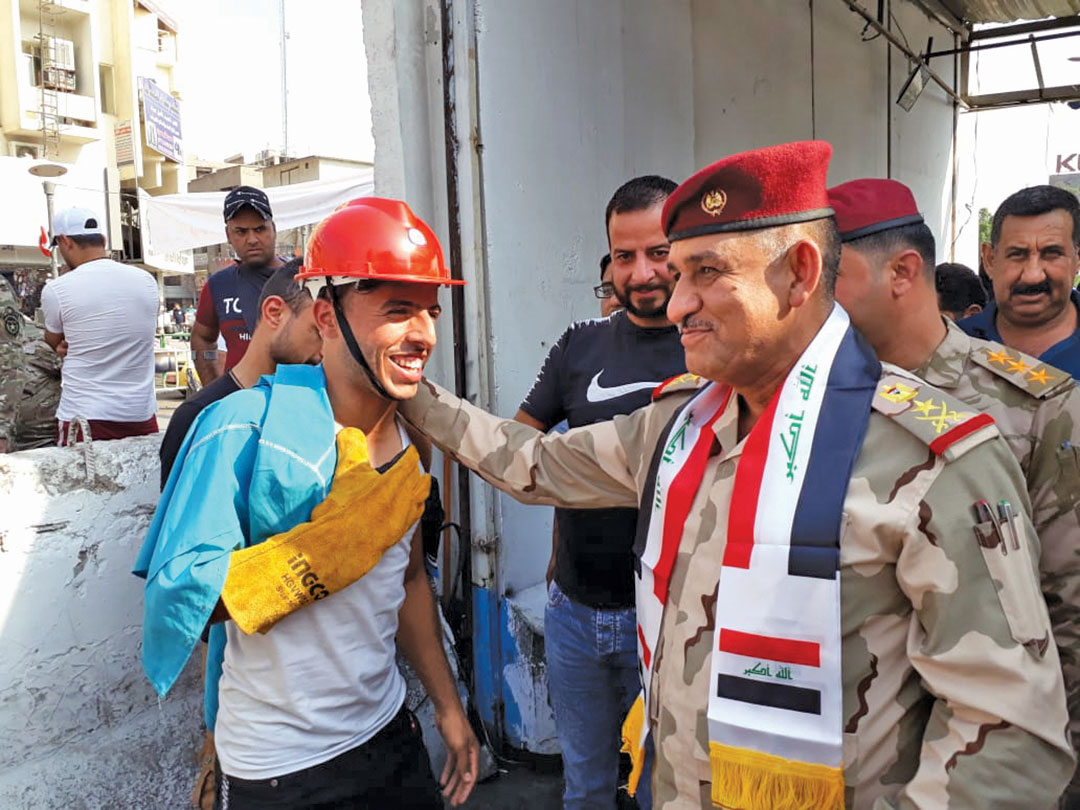
Baghdad experienced bloodshed in early October 2019, when demonstrators demanded an improved economy and an end to governmental corruption, which was met with excessive force from some ill-disciplined groups and could have led Iraq into a dangerous downward spiral. The political and military leadership had little choice but to replace the security leaders in those areas and put in place a commander who possessed self-control, patriotism and courage. It was here that the name of Lt. Gen. Qais emerged to be assigned this difficult task.
“Civilian casualties caused a profound divide in trust between the people and the security forces, and the confused security picture aggravated the situation. There was a big problem with the lack of specialized forces trained and equipped for such service. Of course, such special missions and duties require wisdom, patriotism, composure and compassion before military experience and the art of leadership. This is in addition to gaining the trust of peaceful demonstrators by protecting them and preventing security forces from provoking them.”
It was also necessary to act within the powers of the Constitution and laws to combat riots and to deal with nonpeaceful demonstrators who attacked infrastructure and security sectors differently than peaceful protesters, who conducted demonstrations according to the Constitution.
“As soon as I assumed the post, I worked to establish the units of responsibility, and I defined the jurisdiction of every officer, putting clear barriers in place that observed international human rights treaties, in order to separate the demonstrators and the security forces,” the general said.
“Cameras at the barriers and security checkpoints were installed to monitor any disciplinary violation. I issued strict orders and took written pledges from every officer not to use live bullets against demonstrators for any reason, and I prevented the use of rubber bullets and some tear gas canisters.”
He worked on communicating daily with peaceful activists and demonstrators. The situation quickly defused.
“We restored respect for the Army and security forces,” the general said. “After all, they exist for the sake of the people, and derive their strength and determination from them.”

